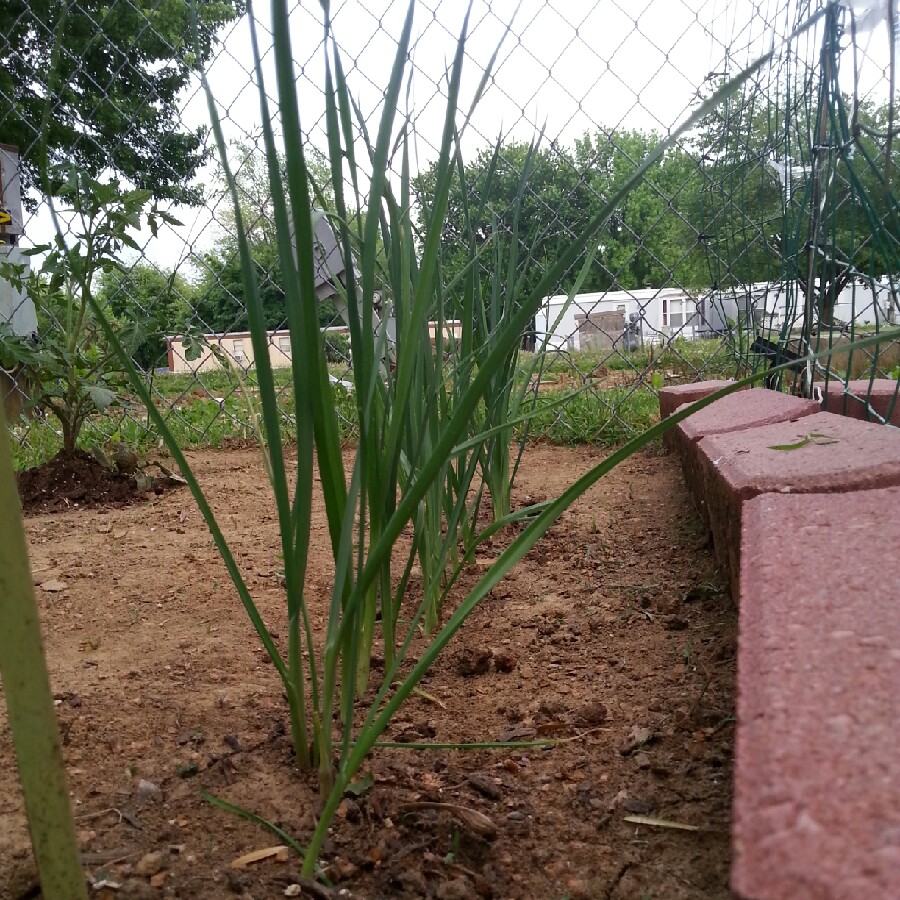
Allium porrum
Leek
Leeks are, strictly speaking, perennials, but they are grown as annuals. They are grown for their mild onion flavoured white "stems" (bundles of leaf-sheaths which are frequently incorrectly referred to as stems).
Contributed by @ksanges78
-
Full sun to partial shade
-
Occasional watering
-
Full Frost Hardy: 5F (-15°C)
-
Free draining and fertile
Common name
Leek
Latin name
Allium porrum
type
Vegetable
family
Amaryllidaceae
ph
5.2 - 8.3 Acid - Neutral
Plant & bloom calendar
-
Best time to plant
-
When to harvest
full grown dimensions
 0.30 M
0.70 M
0.30 M
0.70 M
Allium porrum
Leeks are, strictly speaking, perennials, but they are grown as annuals. They are grown for their mild onion flavoured white "stems" (bundles of leaf-sheaths which are frequently incorrectly referred to as stems).
Propagating by seed
From Mid Winter TO Late Winter
Sow seeds in a tray in the greenhouse, spacing them 1" apart, and covering the seeds lightly with compost. The seedlings should then be hardened off when they get to about 6" - 8" high
Plant outdoors
From Early Spring TO Early Summer
Plant out seedlings into a bed where the soil has been enriched by a previous crop, or by Winter manuring, when the plants are 6" - 8" high. Make holes with a dibber about 6" deep, and at a spacing of 9", with 15" between rows. Snip off the top 1/4 of the plant with scissors, and drop one plant into each hole, but do not cover with soil. Fill each hole with water, which will wash some soil over the roots - sufficient to set the plants in the holes, and, over time, the hole will gradually fill with soil as a result of rainfall.



























